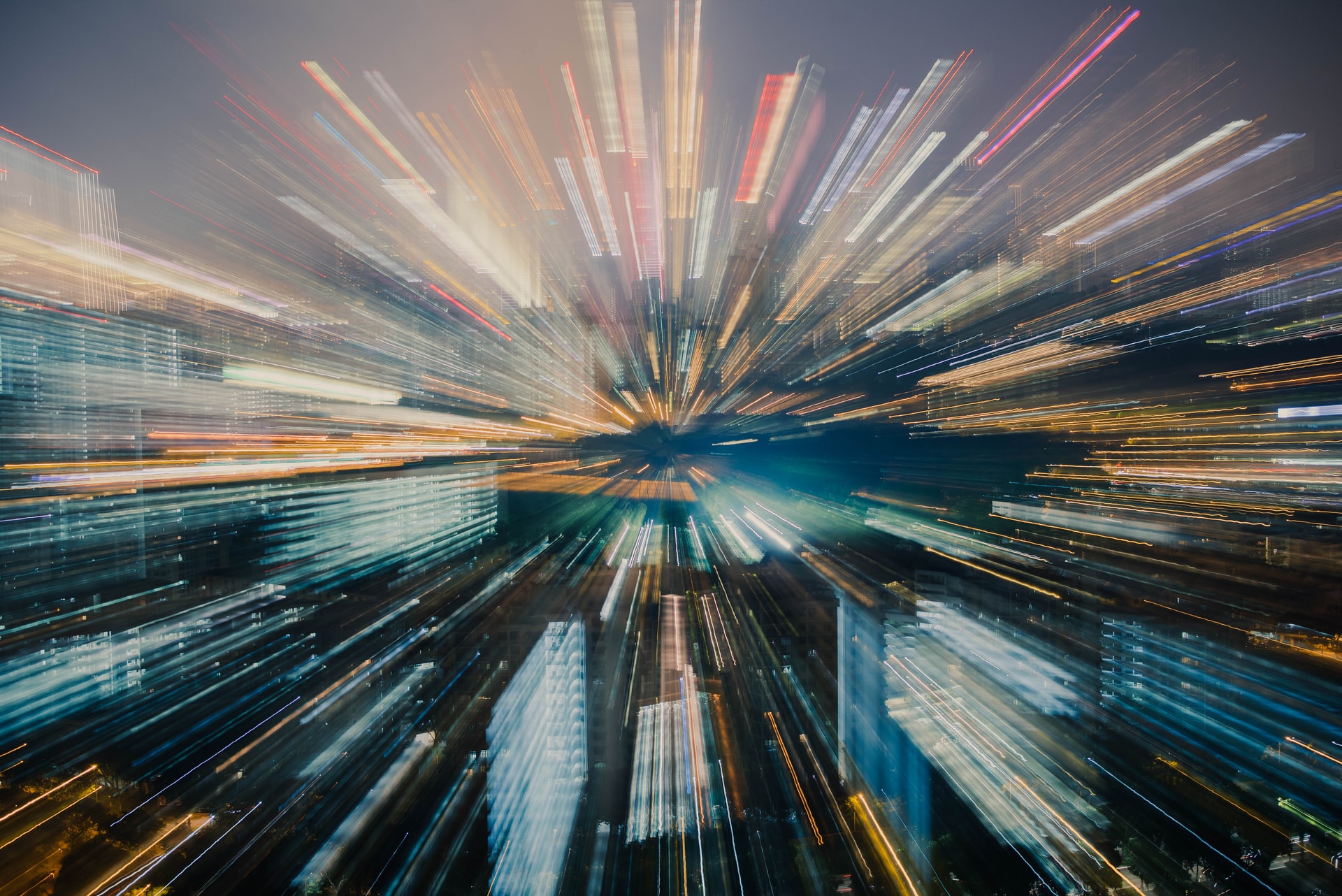The bad news first: The global economy is still becoming less circular – down to 7.2% from an already disappointing 8.6% in the previous year.
Sure, these are troubled times. War, political divides, and social inequality across the world understandably take some focus away from sustainability efforts and sometimes force decision-makers to make suboptimal decisions due to a lack of better options. My goal is not to point fingers. Instead, I will show how we can still reach our circular economy goals – how we can enable “Cooperation in a Fragmented World”, as was the fitting motto of this year’s World Economic Forum where I just recently had the honor of speaking.
The good news is: We already have technology to realize the circular economy. I already alluded to this fact in my last article: I spoke about how only a rationally understandable, but ill-fated lack of mutual trust stands in the way of introducing meaningful circularity measures such as the Digital Product Passport. And I emphasized that we must overcome this through “coopetition” – i.e., cooperation where necessary, competition where possible.
This collaborative-competitive spirit then enables us to implement the technological fundament for the circular economy: data-based and data-driven business models that create transparency across our supply chains to help us significantly decrease energy consumption and material extraction, and to hold each other accountable in a fair manner. And in this context, blockchain plays a vital part.
Thus, today, I want to elaborate on how blockchain is far more than just silly ape pictures and a way for crypto-bros to make cash for their passive-income wanna-be Sigma Male lifestyle – blockchain is the basis for circularity and thus a necessary condition for the sustainability of humanity.
Coopetition requires transparency and accountability
For business models and manufacturing processes to become more circular, one thing is needed more than anything else: knowledge. Knowledge about the composition of products, its supply chain, repairability, spare parts, proper disposal, etc. The crux is this: Company A, which, for example, deals with recovering chemical substances from certain products of Company B, needs detailed information from Company C, which is a supplier of Company B. But in a competitive environment, which the global economy still mostly is, there is little incentive for Company C to share any information – even with its partner Company B, and even less with competitors like Company A. Who is to say Company A does not use information about Company C to gain a competitive advantage?
Similar issues exist in the implementation of limits to emissions and resource use, be it in the form of a voluntary commitment or a legal requirement: To be able to measure all affected companies with the same yardstick, i.e., make data on emissions and resource use comparable, those companies have to share a lot of internal information – but if they and their competitors do, they run the risk of this information being misused; and if they don’t, validating and comparing key figures and thus holding each other accountable becomes impossible.
The solution is digital technology that collects all necessary data and makes all information needed for circular business models and processes available while at the same time anonymizing everything that might reveal legitimate trade secrets. On top of that, this solution needs to be open and transparent in its methodology. In short: We need blockchain technology.
Blockchain makes transactions and knowledge transfers safe and efficient
As a distributed ledger system that uses cryptography to secure and validate transactions on a network of computers, blockchain can be used to track the flow of materials and products transparently and securely throughout the supply chain. Additionally, it can be leveraged to create digital tokens representing ownership of physical assets, such as renewable energy credits or carbon offset credits. These tokens can be traded on blockchain platforms, providing a new way for individuals and companies to invest in and benefit from sustainable practices.
The decentralized structure of this system guarantees that no single entity has control over the data, as all parties have access to the same set of data. Smart contracts can be used to setup rules and automate the following of mutual agreements for the transfer of information and increase the efficiency and security of transactions. These agreements can then include rules on which parts of information to share and which to withhold.
Think of this system as a vault shared by all: Unauthorized parties are excluded from its contents, while authorized parties all have access to the same contents, and there are clear rules for storing information: requirements, restrictions, and confidentiality guarantees.
Open systems beat centralist monopolies
But – you could now object – didn’t IBM just try exactly that with the blockchain service Tradelens it developed together with shipping company Maersk? And did it not fail? That is indeed true. And it serves as a good example for the fact that the days of large industry players single-handedly pushing through a proprietary solution in the hope of achieving success through their supremacy in the market are over. Instead, we need to come together and work on open systems that bring everyone on board as peers – all in the spirit of coopetition.
This is a major reason I co-founded CircularTree with its CarbonBlock solution which represents exactly such an open system: Instead of a single authority over the solution in a position of power, CircularTree considers itself as a service and platform provider to allow companies to measure and manage the upstream carbon footprints of parts. It allows companies to easily onboard their suppliers and share data while retaining ownership and being able to decide exactly what to share with whom. And just as importantly: The verified and confidential exchange of data is possible across different ecosystems such as WBCSD PACT, Estainium, or Catena-X.
And despite the bad news from the 2023 Circularity GAP Report – or rather because of it – I once again call on businesses, governments, and individuals to join forces and leverage digital technologies to drive the circular economy forward. I have not lost hope that we can overcome the challenges that are currently hindering progress one bit. And neither should you.
Let us make the year that has just begun the beginning of the sustainable future that humanity needs and deserves.



